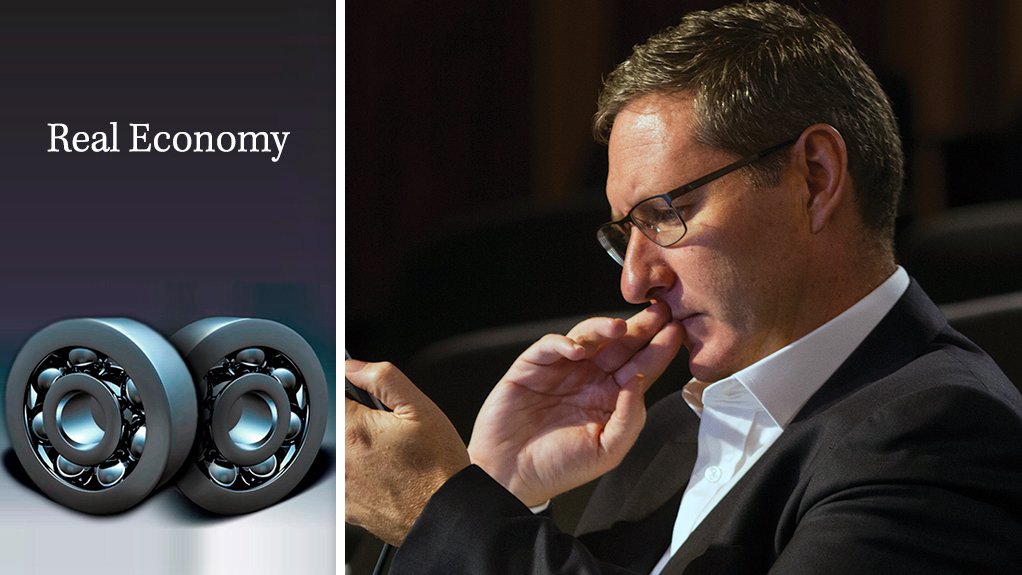Nearly every day, there is news about an innovation in electricity generation, storage or efficiency as researchers respond to the pressing challenge of securing more energy, while producing less carbon dioxide.
Scientists are continuing to improve the performance of solar panels, old coal mines are being converted into pumped-storage hydroelectric reservoirs to act as massive batteries for storing renewable energy, new utility-scale battery solutions are being proposed and solar roof tiles are being prepared to improve the aesthetics of rooftop home generation, while off-grid solutions are allowing some communities to leapfrog tried and tested, yet costly, methods of improving electricity access and supply security.
In South Africa, there is currently a high level of public consciousness about technologies changing. But there is also a strong emphasis on the supply side, with an incredible amount of attention being given, rightly so, to the generation mix as outlined in the Integrated Resource Plan. Admittedly, the focus is less on innovation than it is on cost of supply, with the country largely content to allow others to pay the ‘school fees’ associated with technology commercialisation.
However, too little attention is being given to market design – a factor that is crucial to ensuring both the integration of some of the technology breakthroughs and an as smooth as possible transition to a far cleaner electricity mix.
Achieving a design that encourages investments in areas that will ensure stability is probably the most important power industry priority. But it is arguably also its most intractable problem. As Charles Bayless, former CEO of both the Illinois Power Company and the Tucson Electric Power Company, warned at Power and Electricity World last month: “Reliability costs money.”
Bayless argued that capacity markets – which incentivise the creation of the backup required to support variable renewables – will be important. “People are not going to build backup unless there is a valid capacity market in the country. We are seeing that in the US; more and more plants are closing, even though they are needed, because there is no good capacity market.”
In a recent report titled ‘Perspectives for the Energy Transition’, the International Energy Agency and the International Renewable Energy Agency argue that the energy transition will require signifi- cant additional policy interventions. They say that, as renewables assume a dominant role in power generation, power market reform will be essential to ensure that the flexibility needs of the rising shares of variable renewables can be accommodated.
“A dramatic energy sector transition would require steady, long-term price signals to be economically efficient to allow timely adoption of low-carbon technologies and to minimise the amount of stranded energy assets. Delayed action would increase stranded assets and investment needs significantly,” the agencies caution.
For South Africa, where the penetration of renewables is set to rise materially, notwithstanding recent project delays, more attention and effort need to be given to how this transition is going to be managed.
In the absence of a coherent plan, there are sure to be many undesirable consequences.
EMAIL THIS ARTICLE SAVE THIS ARTICLE ARTICLE ENQUIRY
To subscribe email subscriptions@creamermedia.co.za or click here
To advertise email advertising@creamermedia.co.za or click here











